The public debate over increasing government investment in infrastructure usually conjures up images of new highways, high speed rail, refurbished airports and broadband networks. But some argue that there could be substantial benefits from spending more on routine maintenance. Here are the highlights of that argument, drawn primarily from a recent Hutchins Center discussion.
The case for spending more on maintenance
Poorly maintained infrastructure increases costs.
Larry Summers, the Harvard economics professor and former Secretary of the Treasury, called the case for spending more on infrastructure maintenance “overwhelming.” Policymakers oversee many types of infrastructure—airports, schools, pipes for drinking water—but, Summers argued, the damage poorly maintained roads does to cars is, by itself, enough to justify a massive ramp-up in maintenance spending. By a rough estimate, he calculated that the extra car repairs are equivalent to somewhere between a 50 cent and $1 tax per gallon of gasoline. “It is inconceivable to me that fixing that is not an investment with an extraordinarily high rate of return.”
Deferring maintenance makes fixes more expensive later.
“Prevention is cheaper than cure,” Summers said. “Waiting for the road bridge to collapse is much more expensive than buttressing the bridge before it collapses.” While discussions about the need to address the rising federal debt often cite the interests of the next generation, they rarely refer to the quality of the assets bequeathed to future generations. “Deferred maintenance is every bit as much a debt burden on the next generation,” he said.
Policymakers have little incentive to spend on maintenance, which makes it likely too little is being spent.
Politicians, interested in reelection, prize projects that draw media attention. Repairing potholes rarely gets as much attention as a new convention center. “You get a lot of new press for a new project,” said Harvard economist Ed Glaeser. “You don’t get a lot of press for maintaining the HVAC system in the school.” As Summers put it: “All of the incentives for all of the actors are against maintenance. Nobody ever named a maintenance project….”
To address this problem, Matthew Kahn, an economist at UCLA, and David Levinson, a civil engineer at the University of Minnesota, suggested in a 2011 Hamilton Project paper that national highway infrastructure priorities be reorganized so that all gas tax revenues go to repair, maintain, rehabilitate, reconstruct, and enhance existing roads and bridges and a new Federal Highway Bank be created to fund new projects that meet a strict benefit-cost test.
It’s easier to allocate maintenance money efficiently than money for new projects.
Many people are skeptical of increasing government spending on infrastructure because they worry the money will be used inefficiently—either because politicians favor projects in their districts regardless of the merits or politicians can’t distinguish high-return from low-return projects. Putting money into maintenance tends to avoid these efficiency problems somewhat. “Right away you’re devoting your resources to things that are valuable. We have this revealed preference test,” said Matthew Turner, a transportation economist at Brown.
Summers added: “If you focus on maintenance you’re not going to do maintenance projects on things that nobody is using. The things you’re going to naturally maintain are going to be the things that are extensively used. And so if you focus on maintenance I think it tends to drive somewhat better allocation systems.”
What is the role of the federal government?
The federal government could devote more resources to maintenance.
Summers argued for spending “substantially more” on maintenance. “It’s hard for me to believe,” he said, “that there wouldn’t be a pretty compelling case for spending half a percent of GDP more each year on maintenance, at least for the next decade, as we worked off a backlog.”
While user fees, such as tolls or train fares, may be an efficient way to finance new projects, maintenance “almost assuredly… needs to be done with robust public financing,” Glaeser said. In a recent article, he added: “Neither tax credits, nor tolls, are likely to pay for repairing unsafe bridges and fixing potholes. Federal funding should be ruthlessly focused on the safety of the existing system.”
The federal government could make maintenance issues more salient to local politicians.
To shine more light on the need for spending more on maintenance, the U.S. Department of Transportation (DOT) could “publicize maintenance efforts that are going and where maintenance efforts are not going on at the local level,” Glaeser suggested. Tracy Gordon, an economist at the Urban-Brookings Tax Policy Center, expressed a similar sentiment: “Mayors should be out there saying: ‘Look, you know, I’m doing deferred maintenance, isn’t that great.’ It should be increasing property values and homeowners should be chomping at the bit to reward them at the ballot box. So I don’t understand why there isn’t more disclosure and perhaps the federal government could do something to lean on state and local governments to do that.”
Summers suggested a non-governmental organization can help: “Somebody should with some methodology for every… major city and every state, do a calculation of annual maintenance neglect and rank them… It would be like the poverty line. It’s not that the poverty line isn’t questionable in a whole set of ways, but the fact that there is a poverty line focuses attention on poverty in a way that it never was focused on before there was a poverty line. If there was an annual deferred maintenance burden it would generate attention on this and people wouldn’t want to be at the bottom of the list, people wouldn’t want to be subject to the attack ads.”
The federal government could make funding for states and localities contingent on maintenance efforts.
Glaeser, for instance, suggested that the DOT should consider investing more in measuring road conditions and then “tying highway trust fund payments to maintaining the quality of these roads.” A 2016 CBO report also mentioned this is a potentially helpful approach, but gave the following caution: “Performance measures alone do not provide any information about the relative costs of improving the performance of the system in different places or the valuation of the benefits that would accrue from those improvements. As a result, using performance measures to guide spending does not always yield the same results as benefit-cost analyses. In some instances, benefit-cost analysis would suggest constraining spending for parts of the highway system with poorer performance, whereas needing to meet a performance measure could suggest the opposite—increasing spending for those parts of the highway system.”
Maintenance could be an effective countercyclical tool.
In general, infrastructure projects are not well-suited for use as countercyclical government spending at times of very slow economic growth or recessions, Summers asserted. Maintenance is an exception. “Turning large amounts [of infrastructure spending] on and off in substantial projects is not a feasible thing. Turning some on and off, particularly in the maintenance area, is a feasible thing and should be an important policy tool.”
For more on public investment, see this Hutchins Center explainer.
The Brookings Institution is committed to quality, independence, and impact.
We are supported by a diverse array of funders. In line with our values and policies, each Brookings publication represents the sole views of its author(s).
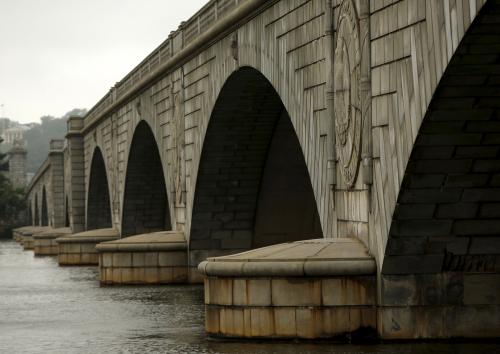
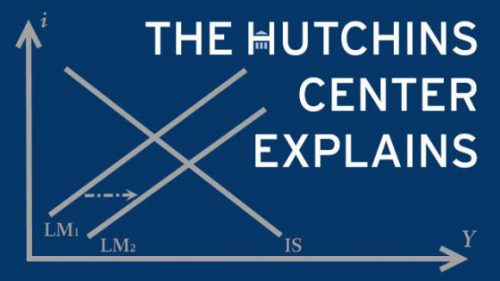
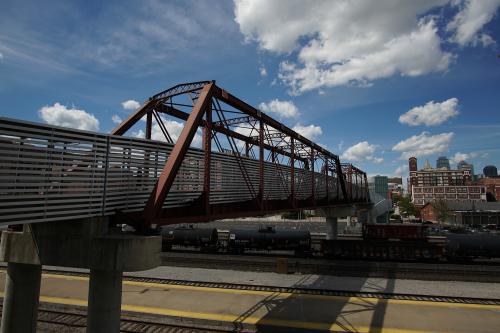
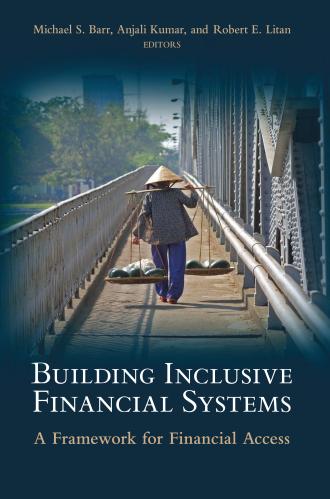
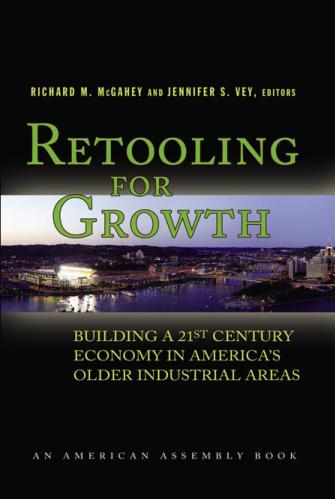






Commentary
The case for spending more on infrastructure maintenance
January 31, 2017